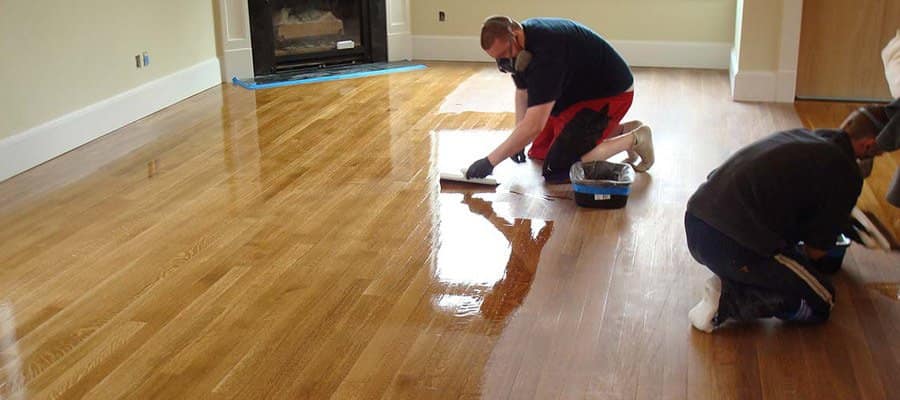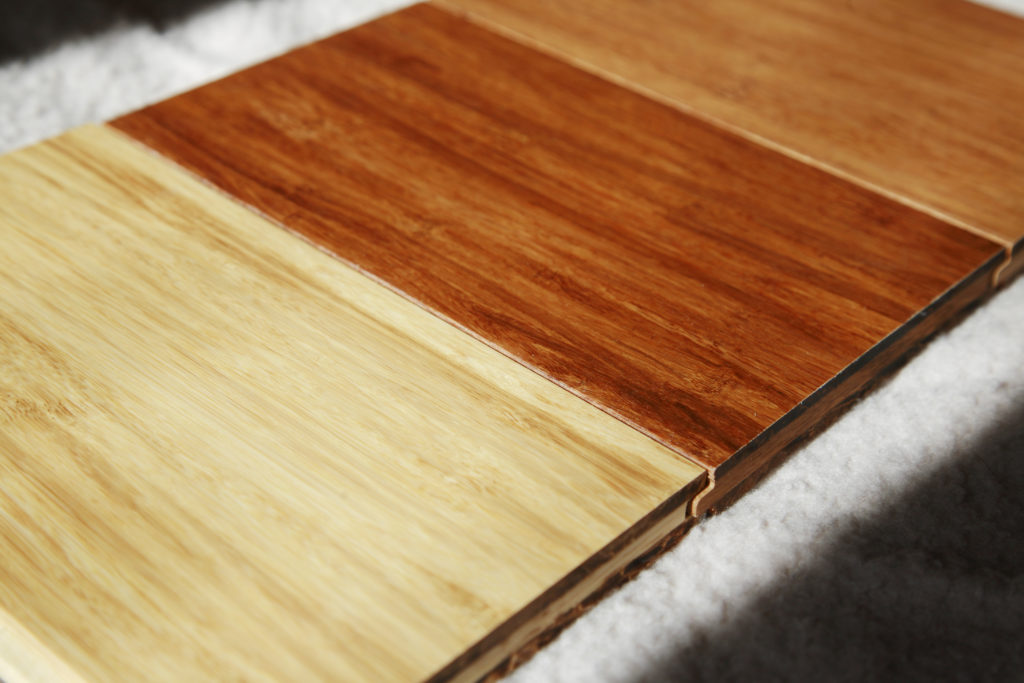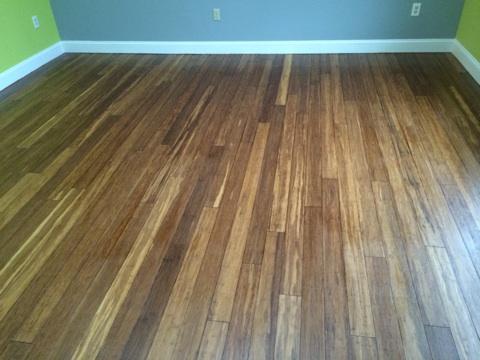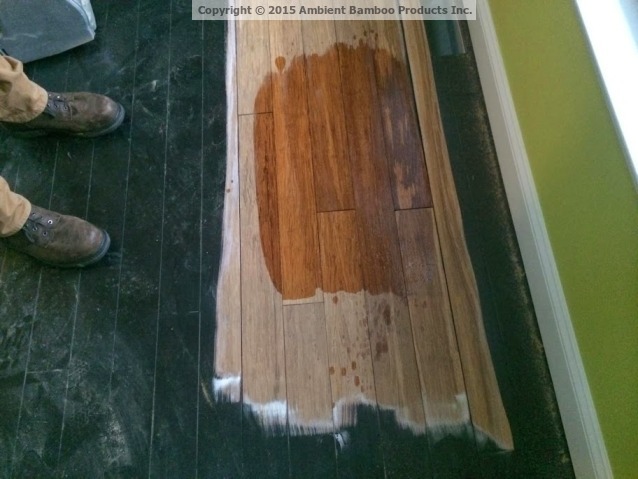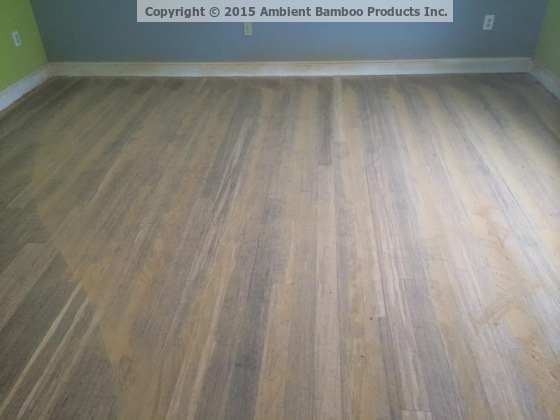Bamboo floors have gained popularity in recent years due to their sustainability and durability. However, like any other type of flooring, bamboo floors can also show signs of wear and tear over time. One common question that arises among homeowners is whether it is possible to resurface bamboo floors. Today we will explore the possibilities of resurfacing bamboo floors and provide insights into the process. Whether you are considering rejuvenating your worn-out bamboo floors or simply want to learn more about maintenance options, this article will provide valuable information on the subject. Keep reading to find out if you can resurface your bamboo floors and how to go about it.
Understanding the Resurfacing Process for Bamboo Floors
Resurfacing bamboo floors is a process that involves sanding down the top layer of the floor to remove any scratches, marks, or imperfections. This process can help to restore the original beauty and shine of the bamboo flooring. Before starting the resurfacing process, it is important to ensure that the floor is properly cleaned and free of any dirt or debris.
Once the floor is clean, a professional can use a sanding machine to carefully sand down the surface of the bamboo. This will remove the top layer of the bamboo and reveal a fresh layer underneath. After sanding, the floor can be finished with a protective coating to enhance its durability and appearance. It is important to note that resurfacing bamboo floors should only be done by professionals who have experience working with bamboo flooring.

Pros and Cons of Resurfacing Bamboo Floors
Resurfacing bamboo floors can be a great way to revive their appearance and extend their lifespan. However, it is important to weigh the pros and cons before making a decision.
One of the main advantages of resurfacing bamboo floors is that it can remove scratches, stains, and other imperfections, giving them a fresh and new look. This can save you the cost and hassle of replacing the entire floor.
Resurfacing also allows you to change the color or finish of your bamboo floors, giving you the opportunity to update the style of your space without incurring the expense of installing new flooring.
Furthermore, resurfacing can help protect your bamboo floors from further damage by adding a layer of sealant or protective coating. This can make them more resistant to scratches, spills, and wear and tear, increasing their durability in the long run.
However, there are some drawbacks to consider. Resurfacing bamboo floors can be a labor-intensive process, requiring the use of sanding equipment and potentially exposing you to harmful dust and fumes. It may also require professional assistance if you are not confident in your DIY skills.
Additionally, bamboo floors have a limited number of times they can be resurfaced before the wear layer becomes too thin, potentially compromising the integrity of the floor. Therefore, it is important to consider the age and condition of your bamboo floors before deciding to resurface them.
Step-by-Step Guide to Successfully Resurfacing Bamboo Floors
Step 1: Assessment and Preparation
- Inspecting the Current State: Begin by assessing the condition of your bamboo floors. Look for signs of scratches, fading, dullness, or small damages. Understanding the extent of the damage will help you determine whether resurfacing is the right solution.
- Gathering Supplies: Before starting, gather all necessary tools and materials. This includes sandpaper of varying grits, a floor sander, a vacuum cleaner, a cleaning solution, a wood stain (if desired), and a sealant.
- Clearing the Area: Remove all furniture and decor from the room. This ensures an unobstructed workspace and prevents dust and debris from damaging your belongings.
Step 2: Sanding the Floor
- Initial Sanding: Using a coarse grit sandpaper, run a floor sander over the entire floor surface. This will effectively remove the existing finish and reveal the raw bamboo underneath. Ensure even sanding to avoid uneven patches.
- Intermediate Sanding: Progress to finer grit sandpapers, gradually smoothing out any roughness left from the initial sanding. This step prepares the bamboo surface for the new finish.
- Edges and Corners: Utilize a smaller hand sander or sandpaper to reach corners and edges that the floor sander couldn’t access. Consistency in sanding across the entire floor is crucial for a uniform resurfacing.
Step 3: Cleaning and Repairs
- Thorough Cleaning: Use a vacuum cleaner and a damp cloth to clean the sanded floor. This removes dust and debris, creating a clean surface for the subsequent steps.
- Filling Gaps and Damages: Inspect the floor for gaps, cracks, or minor damages. Use a wood filler that matches the bamboo’s color to mend imperfections. Allow the filler to dry and sand it smooth.
Step 4: Staining (Optional)
- Choosing a Stain: If you wish to alter the color of your bamboo floors, select a wood stain that complements your interior decor. Test the stain on a small, inconspicuous area to ensure it matches your vision.
- Applying the Stain: Following the manufacturer’s instructions, apply the wood stain using a brush or cloth. Wipe off excess stains to achieve your desired hue. Allow the stain to dry thoroughly.
Step 5: Sealing and Finishing
- Selecting a Sealant: Choose a high-quality, bamboo-compatible sealant such as polyurethane or a water-based finish. These protect the bamboo from moisture, scratches, and daily wear.
- Applying the Sealant: Apply the sealant in thin, even coats, following the product guidelines. Ensure proper ventilation during application and drying. Sand lightly between coats for a smoother finish.
- Drying and Curing: Allow the final coat of sealant to dry and cure according to the manufacturer’s instructions. This step is crucial to achieve a durable and resilient surface.
Step 6: Reassembling the Room
- Wait for Full Curing: Give the sealant ample time to cure before moving furniture and decor back into the room. Premature use could compromise the finish’s integrity.
- Furniture Pads: Attach felt pads or protectors to the bottom of furniture legs to prevent scratches and dents on your newly resurfaced bamboo floors.
Common Mistakes to Avoid When Resurfacing Bamboo Floors
When resurfacing bamboo floors, it is important to avoid certain common mistakes that can lead to damage or a less-than-ideal outcome. Here are some mistakes to be aware of and avoid:
1. Skipping the preparation process: Properly preparing the bamboo floor before resurfacing is crucial. This includes cleaning the surface thoroughly, removing any dirt or debris, and ensuring that the floor is completely dry. Skipping this step can result in poor adhesion and an uneven finish.
2. Using the wrong sandpaper grit: Choosing the correct sandpaper grit is essential for achieving a smooth and even surface. Using grit that is too coarse can cause deep scratches, while using grit that is too fine may not effectively remove the old finish. It is recommended to start with a medium grit and gradually move to a finer grit for the best results.
3. Applying too much pressure: When sanding bamboo floors, it is important to apply gentle and even pressure. Applying too much pressure can result in uneven sanding and may even damage the bamboo. Take your time and let the sandpaper do the work.
4. Neglecting to remove dust: After sanding, it is crucial to remove all the dust and debris from the floor before applying any finish. Failing to do so can lead to a rough surface and a poor bond between the finish and the bamboo.
Alternatives to Resurfacing Bamboo Floors
When it comes to rejuvenating bamboo floors, there are alternative options to resurfacing that you can explore. Resurfacing involves sanding down the top layer of the bamboo and applying a new finish, which can be a time-consuming and costly process. However, if you’re looking for a quicker and more cost-effective solution, there are other options available.
Deep Cleaning and Maintenance: Regularly cleaning and maintaining your bamboo floors can help restore their appearance without the need for resurfacing. Vacuuming or sweeping the floors to remove dirt and debris, followed by mopping with a damp cloth, can help revive the natural shine of the bamboo. Additionally, using specialized bamboo floor cleaners can provide a deeper clean and help remove any stubborn stains.
Buffing and Recoating: If your bamboo floors have minor scratches or wear, buffing and recoating can help restore their luster. Buffing involves using a buffer machine to smooth out the surface and remove any imperfections. Once the floor is buffed, a fresh coat of finish can be applied to protect and enhance the bamboo.
Bamboo Floor Refinishing: Instead of completely resurfacing the bamboo, refinishing involves lightly sanding the top layer to remove scratches and imperfections. After sanding, a new coat of finish is applied to bring back the beauty of the bamboo. Refinishing is a less invasive option compared to resurfacing and can provide excellent results.
Refinishing Your Bamboo Floors Ambient Building Product
2023 Hardwood Floor Refinishing Cost Sand, Stain, & Redo
Non-Sandable Floor Refinishing N-Hance Orlando West
Chicago – Refinishing and Replacing Solid Bamboo Prefinished
Refinishing Your Bamboo Floors Ambient Building Product
Related Posts:
- How Much Does It Cost To Install Bamboo Flooring
- Bamboo Flooring Designs
- Maintenance Of Bamboo Flooring
- Average Cost Of Bamboo Flooring
- Commercial Bamboo Flooring
- Modern Bamboo Flooring
- Hand Scraped Strand Woven Bamboo Flooring
- Carbonised Bamboo Flooring
- Bamboo Floor Care Maintenance
- Can Bamboo Flooring Be Used In A Bathroom?

